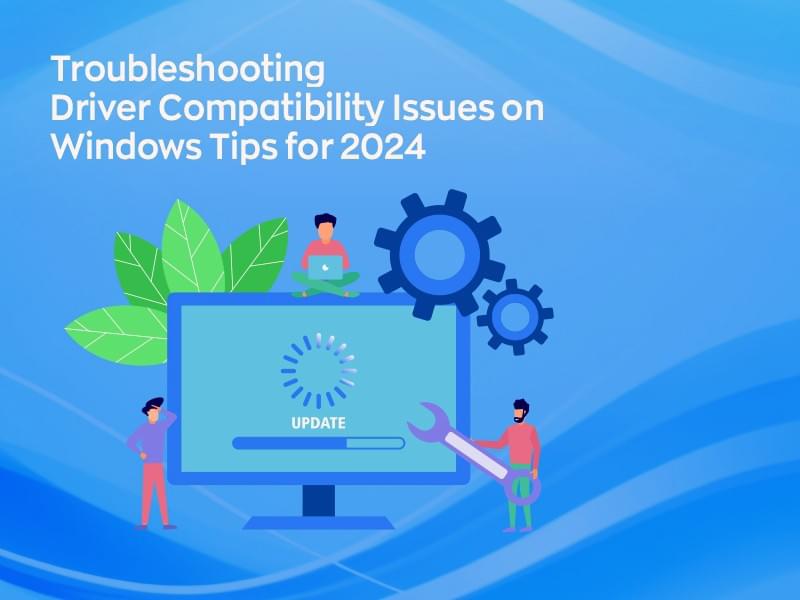Introduction

In 2024, ensuring your Windows system runs smoothly often hinges on having the right drivers installed. Whether it's a new piece of hardware or a routine update, driver compatibility issues can arise, causing various performance problems. Here are some essential tips for troubleshooting these issues and ensuring your system remains in top condition.
Identifying Driver Compatibility Issues
The first step in troubleshooting is identifying that a driver compatibility issue is the root of your problem. Common symptoms include hardware malfunction, system crashes, and error messages. Here’s how to confirm:
- Device Manager: Open Device Manager and look for any devices with a yellow exclamation mark. This indicates a problem with the driver.
- Event Viewer: Check the Event Viewer for any system errors that could be linked to driver issues.
- System Performance: Unexplained slowdowns or crashes can often be traced back to faulty drivers.
Using a Driver Fixer
A Driver Fixer can be an invaluable tool for resolving driver compatibility issues. These programs scan your system, identify outdated or problematic drivers, and update them to the latest versions.
Tip: Always opt for a reputable Driver Fixer to avoid malware and ensure compatibility.
Regular Driver Updates
Keeping your drivers up-to-date is crucial for maintaining system stability. Use a Driver Updater to automate this process. Many Driver Updater tools can schedule regular scans and updates, ensuring your system always runs the latest drivers.
Manual Driver Download
Sometimes, manually downloading drivers from the manufacturer’s website is necessary. This ensures you get the most compatible and latest versions:
- Visit Manufacturer's Site: Go to the hardware manufacturer's website.
- Locate Driver: Find the support or download section and search for your device.
- Download and Install: Download the appropriate driver for your version of Windows and install it.
Windows Driver Fixer
Windows has built-in tools to help with driver issues:
- Windows Update: Regularly check for updates, as Microsoft often includes driver updates in their patches.
- Device Manager: Use the “Update Driver” option in Device Manager to search for updated drivers automatically.
- Troubleshooter: Run the Windows Troubleshooter for hardware and devices, which can sometimes resolve driver issues.
Best Practices for Driver Maintenance
- Backup Drivers: Before making major updates or changes, backup your existing drivers. This allows you to revert if something goes wrong.
- Avoid Beta Drivers: Unless necessary, avoid using beta drivers as they might not be fully tested.
- Check Compatibility: Ensure that any new hardware you purchase is compatible with your version of Windows.
Conclusion
Driver compatibility issues can be a headache, but with the right tools and practices, they are manageable. Utilizing a Driver Fixer, Driver Updater, and manual Driver Download processes can keep your system running smoothly. Regular maintenance using a Windows Driver Fixer and keeping your drivers up-to-date will ensure you avoid most compatibility issues.
By following these tips and leveraging the right tools, you can troubleshoot and resolve driver compatibility issues effectively in 2024.

